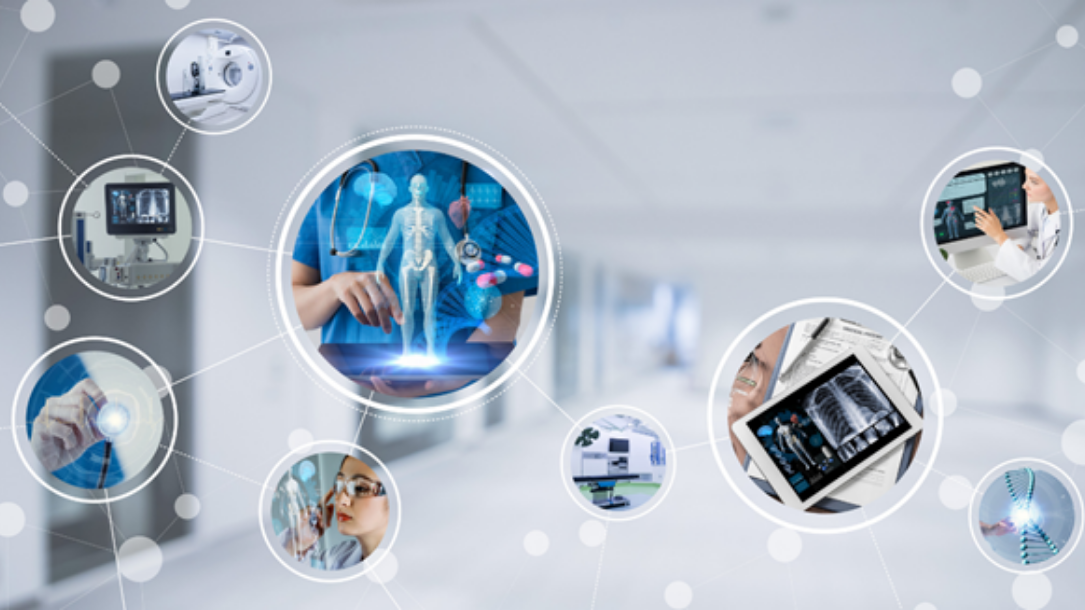Medical devices are a vital healthcare innovation. They exist to monitor, replace, or modify anatomy or physiological processes, and improve patient outcomes throughout the means. However, if not adequately tested or handled, medical devices can introduce a risk of harm to patients.
In this article, we're going to discover how healthcare organizations can improve the safety of medical devices in order to ensure their patients, along with themselves, are protected.
But first, what do the regulations say?
What Do The Regulations Say About Medical Device Safety?
Making sure that medical devices are safe is critical as we become more and more dependent on them for secure, reliable, and safe operations.
In the FDA draft guidance, it defines a "safe device" as medical equipment that contains hardware, software, and/or programmable logic that:
- is reasonably secure from cybersecurity intrusion and misuse;
- provides a reasonable level of availability, reliability, and correct operation;
- is well suited to performing its intended functions; and
- adheres to generally accepted security procedures.
With this in mind, what can we do to ensure we keep ourselves along with our patients safe? Let's find out!
Tips to Improve Medical Device Safety
Train and Educate Employees on all medical devices
Decisions, processes, standards, devices, and decisions all already seem complex, but human interaction with medical devices tends to contribute to the confusion.
Providing staff, or even training yourself up on how to properly use the medical device can make all the difference. Instructions for medical device users tend to be written in medical jargon, and can be pretty challenging to understand and follow in most cases. For this reason, human error plays a significant role in the cause of medical device failure that often results in the injury of a patient.
When health care professionals are well-educated in the equipment they're using; it could help to decrease the risk of errors, and enhance medical device safety.
create an environment with open communication and feedback
When an organization doesn't have open communication, things tend to go... wrong - to say the least. Incidents will go unrecognized and un-dealt with as healthcare professionals simply don't report errors efficiently.
However, an environment designed with open communication in mind can go a long way in medical device safety. By simply following up with healthcare professionals, conducting one-to-one's, and using the power of communication, it can help increase the volume of reported errors, as well as positive outcomes.
Integrate medical devices with information systems
As technology begins to take over, we can now integrate our medical devices with robust information systems. Healthcare organizations are now able to install radio frequency identifies or real-time location systems to identify, track, and manage the location of medical devices. They can also monitor temperature and sterilization, track consumables, manage inventory, and track employees along with patience in the health care institute.
In addition, medical device connectivity is a technology that combines medical devices with information systems to decrease the risk of human error when it comes to entering clinical data.
The glory about healthcare is that it’s always moving forward, there’s always just so much to learn. We know it can be daunting, but, with all of the above tips in mind, you can thrive in a healthcare organization that keeps patient and employee safety at the forefront of their mind.
When all is said and done - that’s what matters most.
Life Science Language Solutions
At United Language Group we pride ourselves in being industry experts, so you don’t need to take the time to bring us up to speed on regulations, industry-specific guidelines, and the strictest global requirements. We understand scientific language and processes as well as the intricacies of settings in which your translations may be used. Let’s connect.


